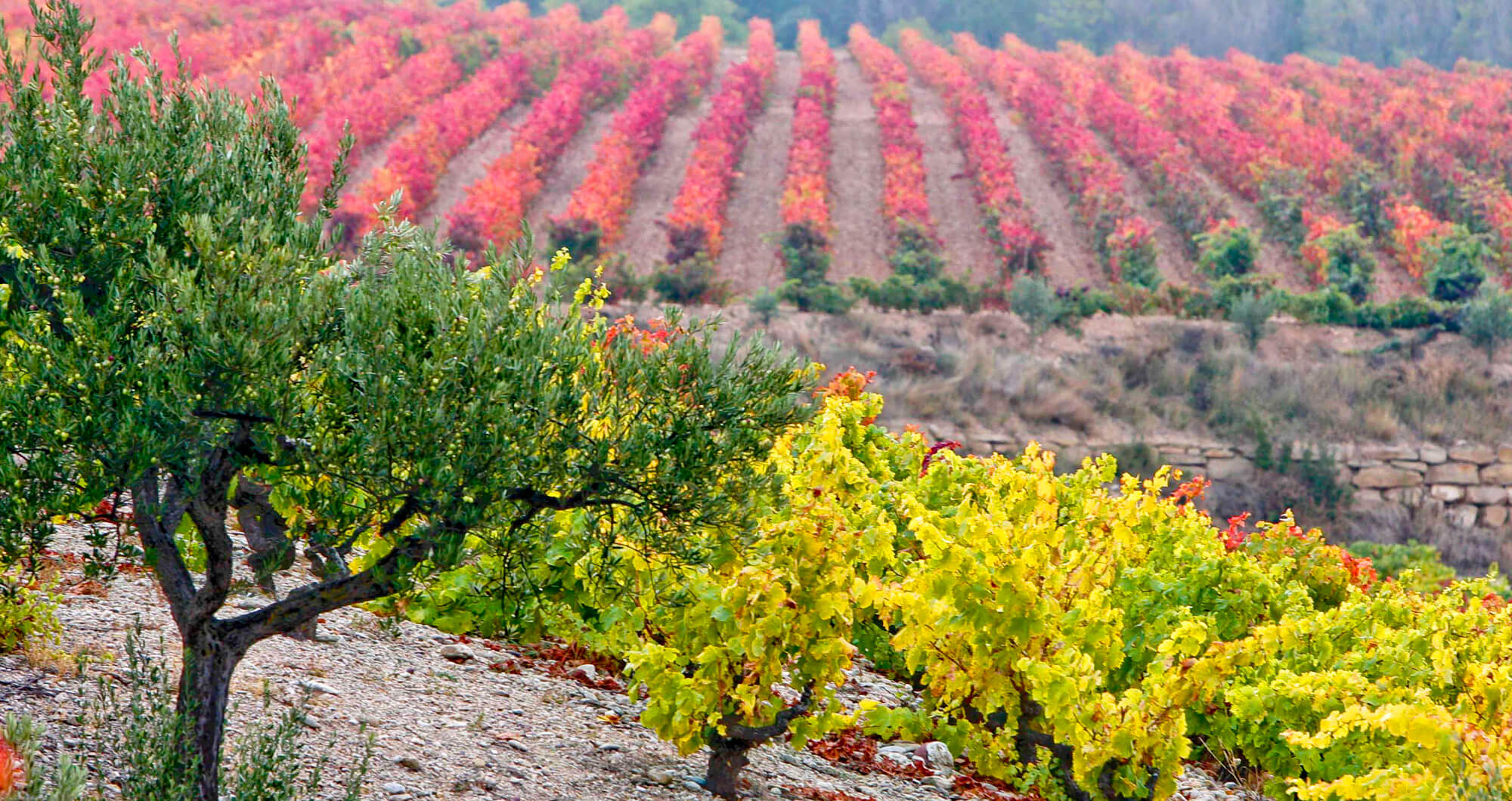
Colección
Clásicos
Insólitos
Versos Sueltos
Una familia de vinos,
paisajes y personas.
Vinos con la memoria
de nuestros ancestros.
Vinos con la inquietud
de nuestros hijos.
Vinos con la memoria
de nuestros ancestros.
Vinos con la inquietud
de nuestros hijos.
Vinos con la inquietud
de nuestros hijos.
Enoturismo
Templo del vino
Tienda
Culto al vino
¡Te los llevamos a casa!

Ontañón es el sueño de una familia riojana, la materialización del anhelo de Gabriel y Mari Luz. Somos sus hijos: Raquel, Leticia, Rubén y María.
Cuarta generación de viticultores.
los Vinos
Clásicos

Viura
Ontañón

Clarete
Ontañón

Crianza
Ontañón

Reserva
Ontañón

Gran Reserva
Ontañón
Insólitos

Contrebia
Ontañón

Plinio El Viejo
Ontañón

Natura
Ontañón

LaGarnacha
Ontañón

Antología
Ontañón
Versos Sueltos

Quinto Pino
Ontañón

Marco Fabio
Ontañón
